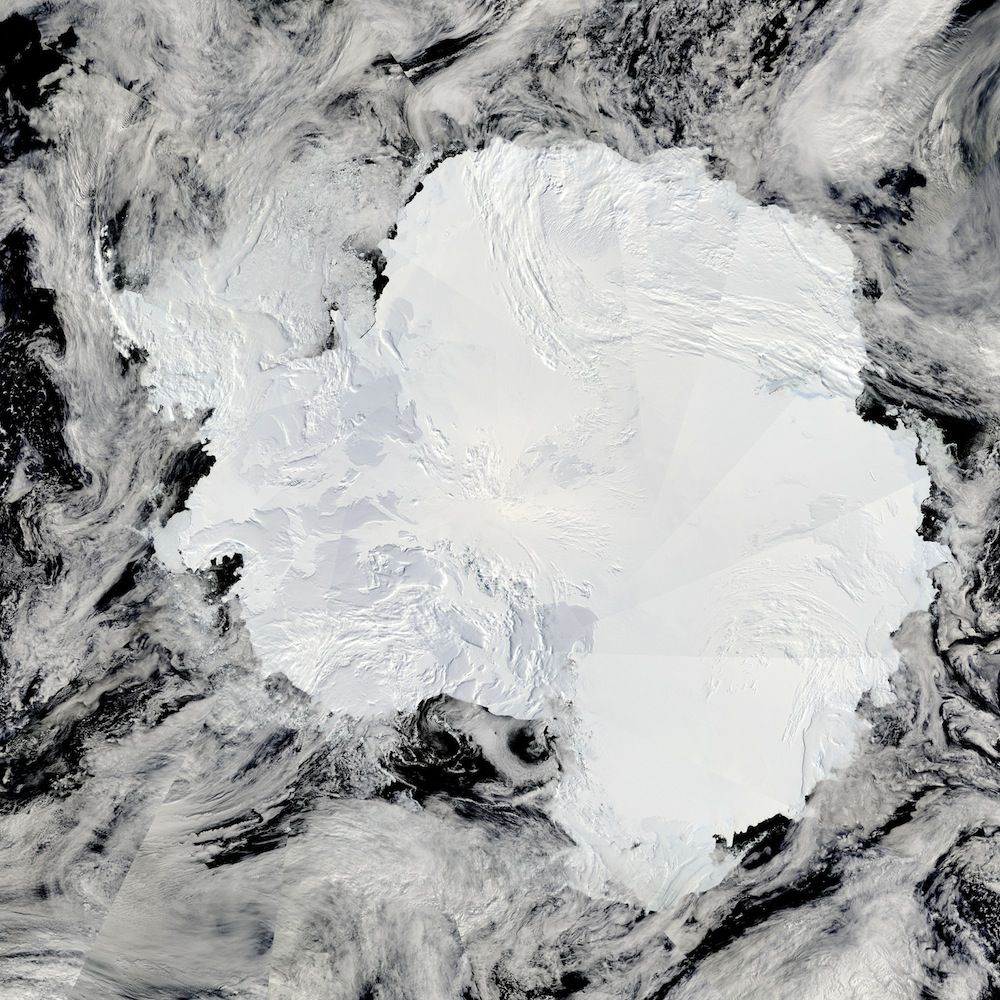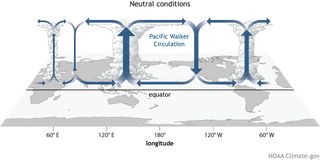Whiffs of Antarctic Sulfur Hold Climate Clues

Huge wildfires sparked by a powerful El Niño event 16 years ago left a distinct tinge of sulfur in Antarctica's snow, a new study reports.
This is the first time researchers have detected a climate signal from El Niño-driven wildfires in Antarctica's snow. The discovery raises hopes that the signal, which is linked to a unique sulfur molecule, could be detected in older ice as well — and perhaps shed light on the chemistry of Earth's ancient rocks.
"We hope we would be able to go back and understand past El Niño events before anthropogenic [human] influences," said lead study author Robina Shaheen, a geochemist at the University of California, San Diego (UCSD). "The same chemistry was happening in the Precambrian [period] as well." [50 Amazing Facts About Antarctica]
Isotopes are versions of the same elements, such as sulfur, with different numbers of neutrons in their nuclei, giving them different mass. Four nonradioactive, or stable, isotopes of sulfur occur naturally on Earth. Researchers use sulfur isotopes to peer into the planet's conditions in the deep past, such as during the Precambrian period, before complex life arose on Earth.
When snow falls in Antarctica, it carries trace amounts of isotopes that are circulating in Earth's atmosphere. Because the snow doesn't melt completely each year, the layers are like time capsules of Earth's atmosphere. Eventually, this snow becomes ice, trapping and preserving more than a million years of atmospheric chemistry, researchers think.
Shaheen and her co-authors analyzed sulfur isotopes in snow that fell between 1984 and 2001 in Antarctica, looking at variations between the seasons. Their findings were published today (Aug. 4) in the journal Proceedings of the National Academy of Sciences.
The team saw spikes in sulfur levels caused by volcanic eruptions, which inject sulfate particles high into the atmosphere. The sulfate circles the Earth, and eventually some snows down on Antarctica.
Sign up for the Live Science daily newsletter now
Get the world’s most fascinating discoveries delivered straight to your inbox.
But a strange pattern of sulfur anomalies also turned up in snow from 1997 to 1998, a season with no volcanic eruptions big enough to blast sulfur all the way to Antarctica.
"1998 is the biggest isotopic signal of them all," said study co-author Mark Thiemens, an isotope geochemist at UCSD. "It was a real surprise and totally unexpected."
The ratio of sulfur isotopes also changed dramatically in 1998, providing clues to the source of the unusual shift.

The researchers think the sulfur ratio changed because of raging wildfires caused by El Niño-triggered drought. The wildfires likely sent sulfur sky-high on huge pyrocumulonimbus clouds, the researchers said.
"The wildfires were so large that they shot a lot of sulfur into the stratosphere," Thiemens told Live Science. The stratosphere is the layer of Earth's atmosphere above the troposphere, which is the atmosphere humans live in and breathe.
According to their model, the source of the big sulfur shift could be a molecule called carbonyl sulfide. Burning plants emit both sulfate and carbonyl sulfide. In the stratosphere, ultraviolet (UV) light breaks down carbonyl sulfide into sulfur dioxide.
The unusual sulfur isotope pattern linked with carbonyl sulfide also turned out to be strikingly similar to rocks deposited before plants ever existed — in Earth's deep past, 2.4 billion years ago. This era marks a sudden jump in oxygen levels, which geochemists can detect in ancient rocks.
"The same photochemistry [caused by UV light] may have been happening in the Precambrian period," Thiemens said. The reaction could account for some of the sulfur deposited in rocks around the time that oxygen levels started to rise. Accurately counting those sulfur levels is important because they affect estimates of how much oxygen was present in Earth's atmosphere 2.4 billion years ago.
Shaheen added, "Carbonyl sulfide [has been] totally ignored in models of when oxygen started to increase on the planet."
Email Becky Oskin or follow her @beckyoskin. Follow us @livescience, Facebook & Google+. Original article on Live Science.












